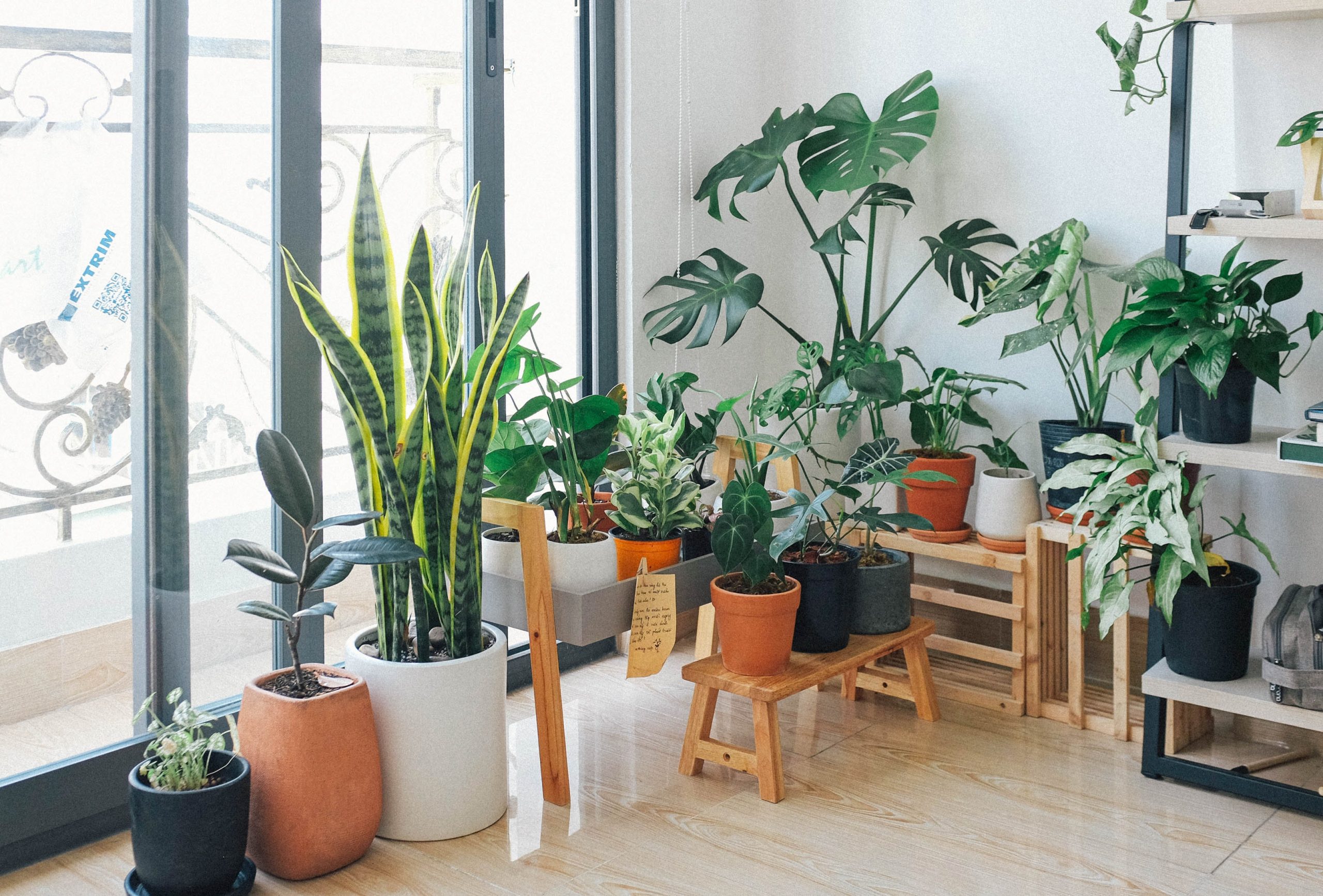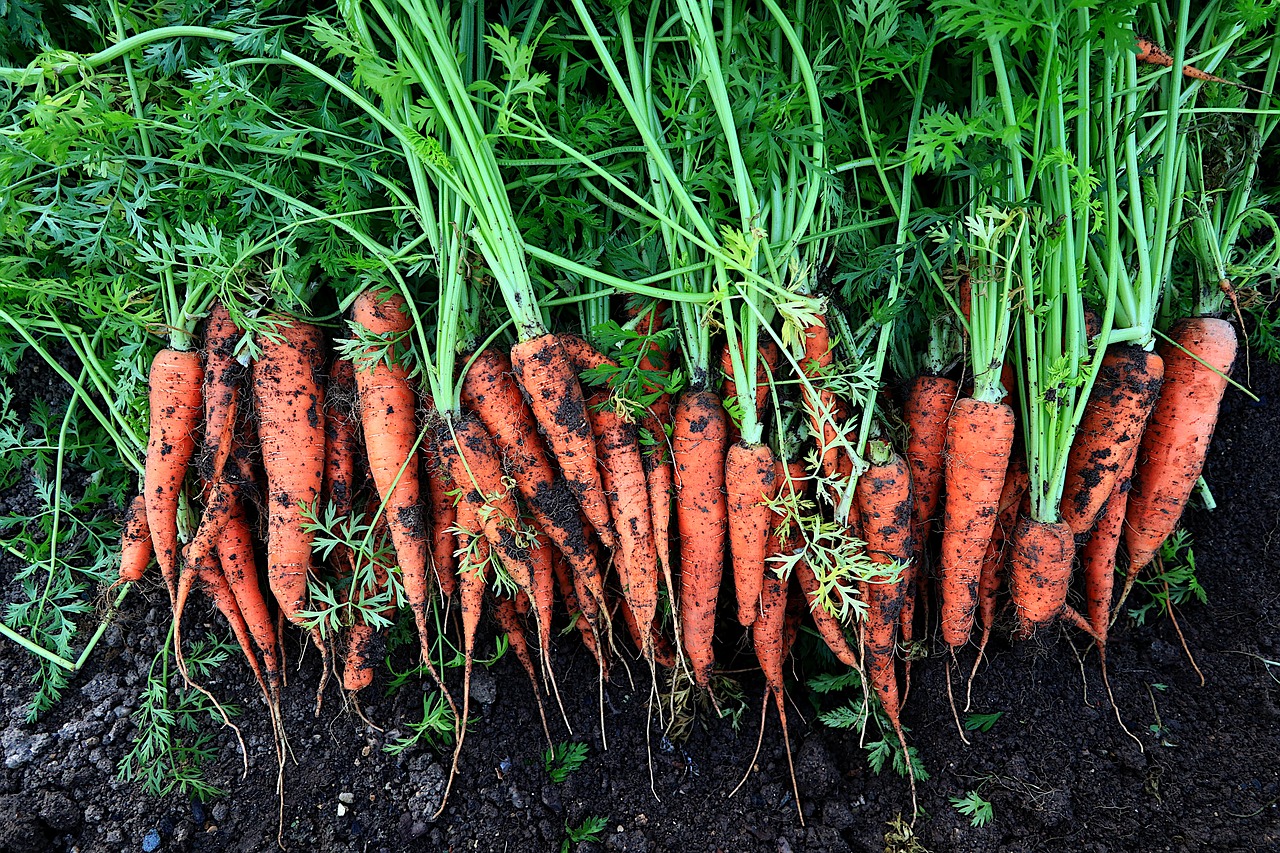Apart from being used in a myriad of dishes to impart a nice aroma, the numerous blossoms of chive plants occurring in hues of pink, purple or white stand tall, held by stems above the plants’ foliage, emblazoning a home or garden.
Chive plants are a nice addition to rock gardens and other gardens, and their flowers attract lots of bumblebees, bees, butterflies and other beneficial insects to a landscape.
Chives impart a tasty onion-garlic aroma to foods when harvested and are a good source of vitamins and minerals.
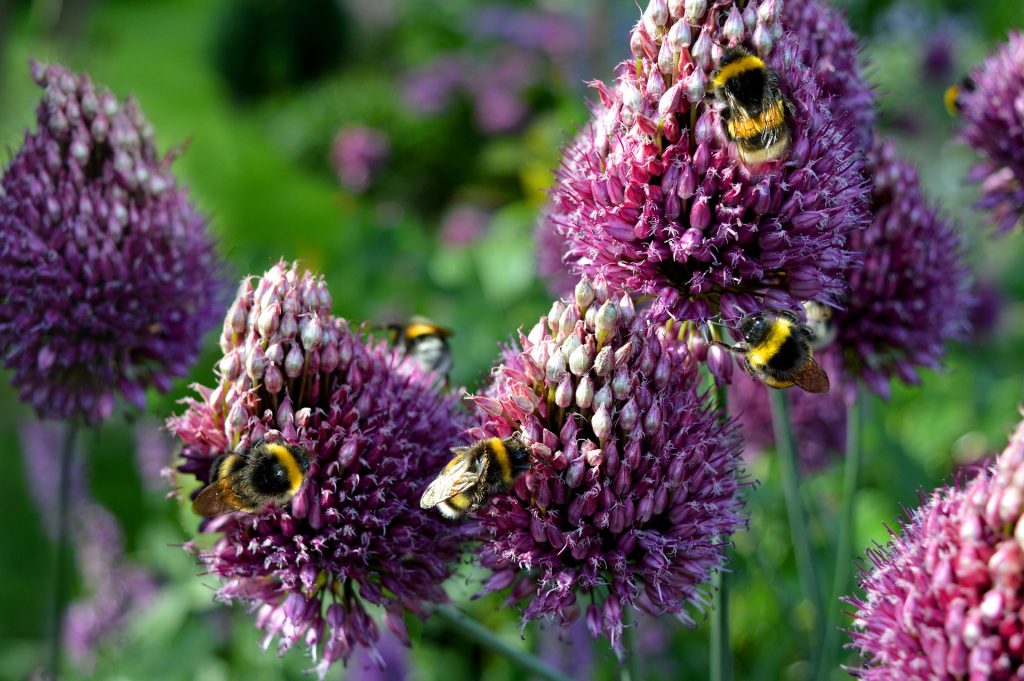
Description
Chive is a perennial bulb forming plant belonging to the amaryllis family Amaryllidaceae and genus Allium. Chives are grown for their edible scapes, leaves and flowers that have a mild onion flavor.
Chives grow stems(scapes) that are long and tubular, leaves that are hollow, green in color and grass like, growing in dense clusters from small slender bulbs which are attached to the roots. Flowers are borne on long stems that grow above the foliage and can be white, pink or purple. If not cut, flowers will grow to produce seeds during the summer.
Leaves, scapes and flowers are harvested for culinary purposes and chopped to use in omelets, soups, salads and pizza toppings.
| Botanical name: Allium schoenoprasum | Propagation: Seed, division |
| Common name: Chive | Soil type: Rich, well-draining loam |
| Plant type: Perennial bulb | Soil pH: 6.0-7.0 |
| Hardiness zones: 3-10 (USDA) | Temperature: (65-70)0F |
| Mature size: 10-24in.tall, 10-20in. wide | Light: Full sun |
| Flower color: Purple, pink, white | Spacing: 10cm*10cm |
| Leaf color: Dark green | Pollination: Insects such as bees and butterflies |
| Time to maturity: 11-15 weeks | |
| Toxicity: Poisonous to dogs and cats | |
| Native area: Europe, Asia and North America |
Varieties of Chives
Common chives: They produce purple flowers and have mild flavor.
Chinese (Garlic chives): They produce white flowers and have a subtle garlic flavor, with their flowers having stronger flavor than the leaves. Chinese chives are slower growers compared to common chives.
Temperature requirements
Chives grow optimally between temperatures of (65-70)0F. Below 500F, growth starts to slow down, and plants become dormant.
During winter, chives become dormant but reappear during spring with new growth. In warm climates, growth continues all year round.
Soil requirements
Chives are able to grow in a wide range of soil types, but optimum growth occurs in rich, well-draining loam soil with pH of 6.0 to 7.0. Incorporate organic matter in sandy soils to improve drainage. Chives grow short roots that do not like to sit in water.
Light/Sun requirements
Chives grow well in a location that receives at least 6-8 hours of sunlight per day.
Propagation
Chives are propagated by seed or division of existing clumps. Chives propagated by seed take longer time to mature (11-15 weeks) therefore for quicker harvest, division is most preferred if you have an already grown clump.
Bed preparation
Prepare the bed by ploughing and harrowing to obtain a fine tilth. Dig to 20-25 cm deep because chives grow shallow roots.
Add a 2 in. layer of organic manure to the soil (compost or rotted animal manure) and mix well.
Planting
Plant your divided plants in soil and provide spacing of 10cm within rows and 10cm across rows. Plant two bulbs per hole.
Planting chives from seed
Chive seeds are very tiny in size. Sow seeds onto a well-prepared bed, ¼ in. deep into the soil and cover. Water the soil and wait for seedlings to emerge.
Seedlings will start to appear within 2 weeks after planting. Thin seedlings and provide spacing of 4-6in. apart.
Mulch the garden bed to retain moisture in the soil and reduce weed growth.
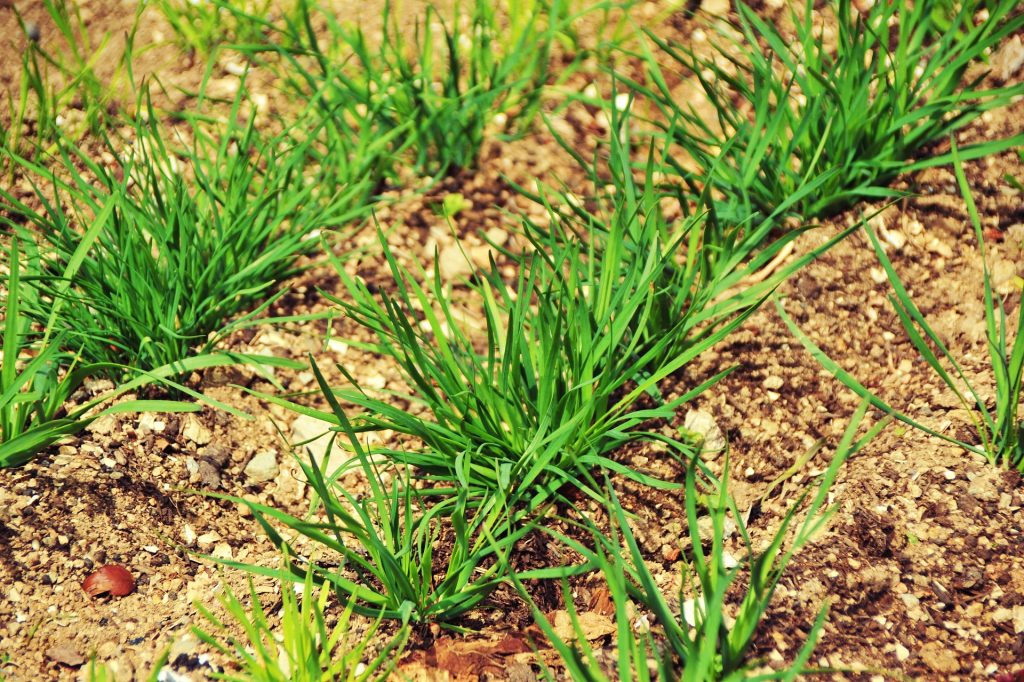
How to plant chives in a pot.
Select a pot that is at least 15cm in diameter and has drainage holes underneath.
Fill the pot ¾ way with rich, well-draining potting mix.
Sow seeds ¼ in. deep into the soil and water.
Place the pot in a spot that receives plenty of sunlight (at least 6-8 hours of sunlight per day).
Thin plants when seedlings emerge by providing 4-6in. spacing between plants.
How to Care for Chive plants
Watering: Water plants especially during the dry season. Potted plants require more watering compared to chives growing in a garden.
During the dry season, water chives once or twice a week.
Weeding: Because chives have a shallow root system, they cannot favorably compete with weeds. Remove all weeds by digging carefully with a hoe or pulling them out by hand if it’s a small garden. Ensure not to damage chive roots while weeding.
Dividing plants: Divide plants every after 2-3 years as they grow into large clumps during this period. Dividing will rejuvenate them and encourage new growth. You can grow divided plants in a different area or gift them to a friend.
Mulching: Chives will benefit from a layer of mulch at all stages. Mulch helps to retain moisture in the soil, control weed growth and provide additional organic manure to the soil which will benefit the plants.
Common problems
Thrips feed on leaves and cause them to turn silver or gray in color. Use botanical sprays to control or remove by hand if it is a small garden.
Root maggots feed on bulbs, seedlings and roots. To curb these, apply diazon granules during planting time.
Powderly mildew causes formation of a white powdery substance on the upper side and underside of leaves. Leaves start to turn to brown color. Provide enough spacing between plants for proper air circulation.
Harvesting and Storage
Harvest chive leaves in the morning, using a sharp knife or scissors by cutting them 1-2 in. from the soil.
Cut no more than half of the same clump so that it regrows, and you can keep harvesting thought the growing season.
Chives harvested in the morning have the best flavor.
To store chives, package them in an airtight plastic bag and refrigerate. They will stay fresh up to 1 week.
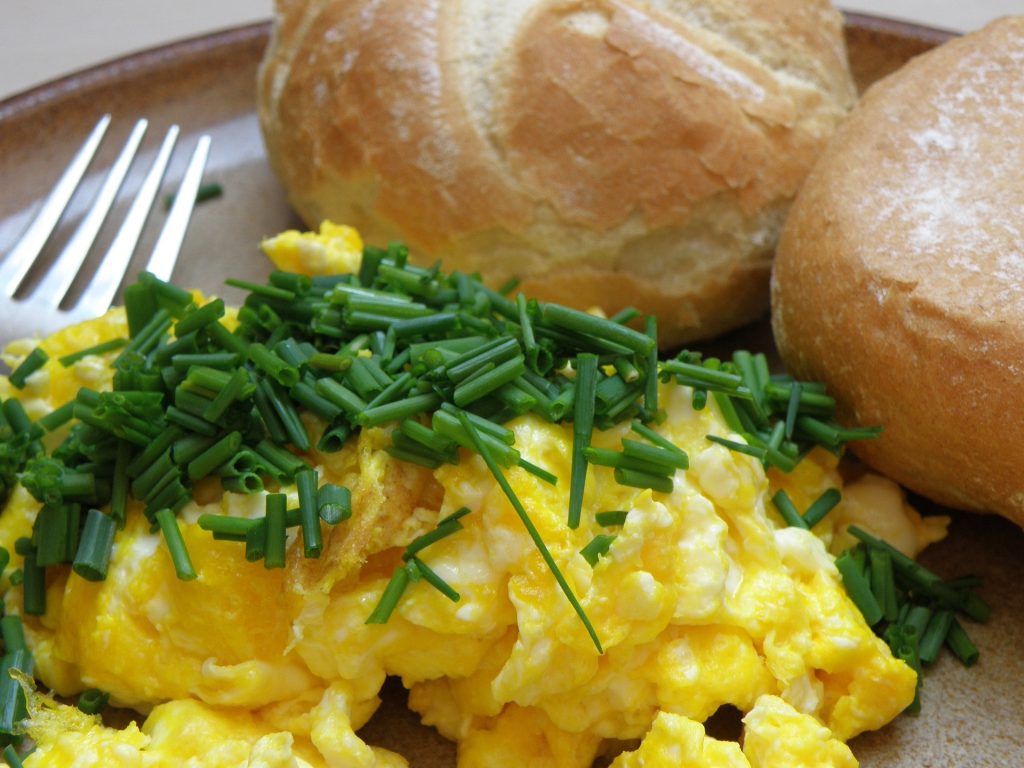
Best companion plants to grow with chives
- Cauliflower
- Carrots
- Celery
- Cilantro
- Dill
- Cucumbers
- Swiss chard
- Tomatoes
- Broccoli
- Bell pepper
- Hot pepper
- Lettuce
- Kale
Worst companion plants
- Beans
- Peas
- Sage
- Rosemary
- Spinach
- Thyme
- Oregano
- Asparagus


